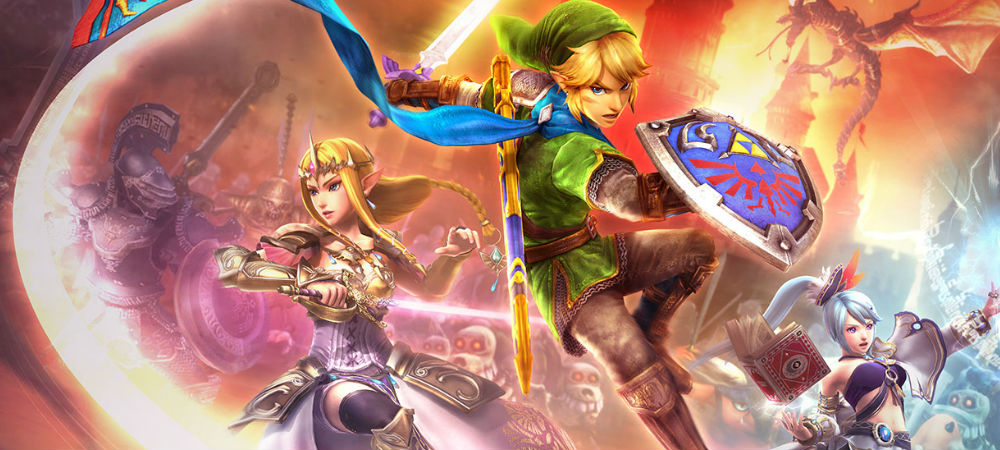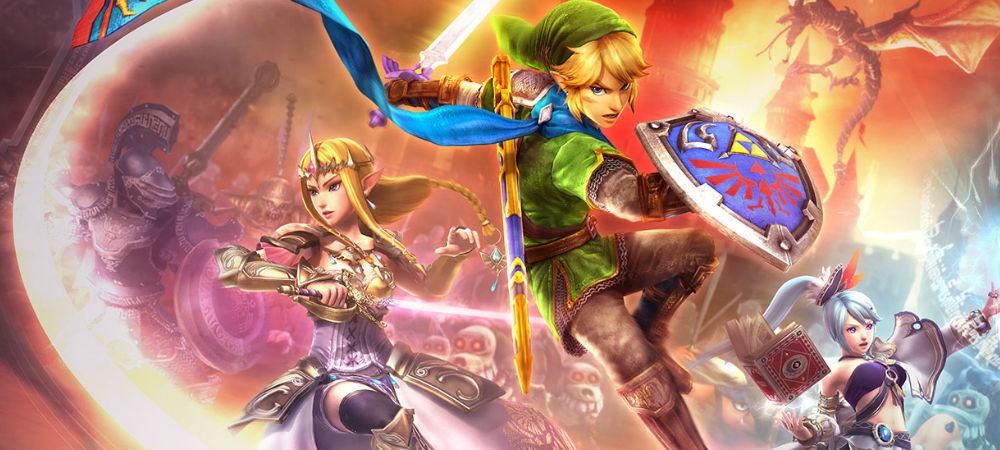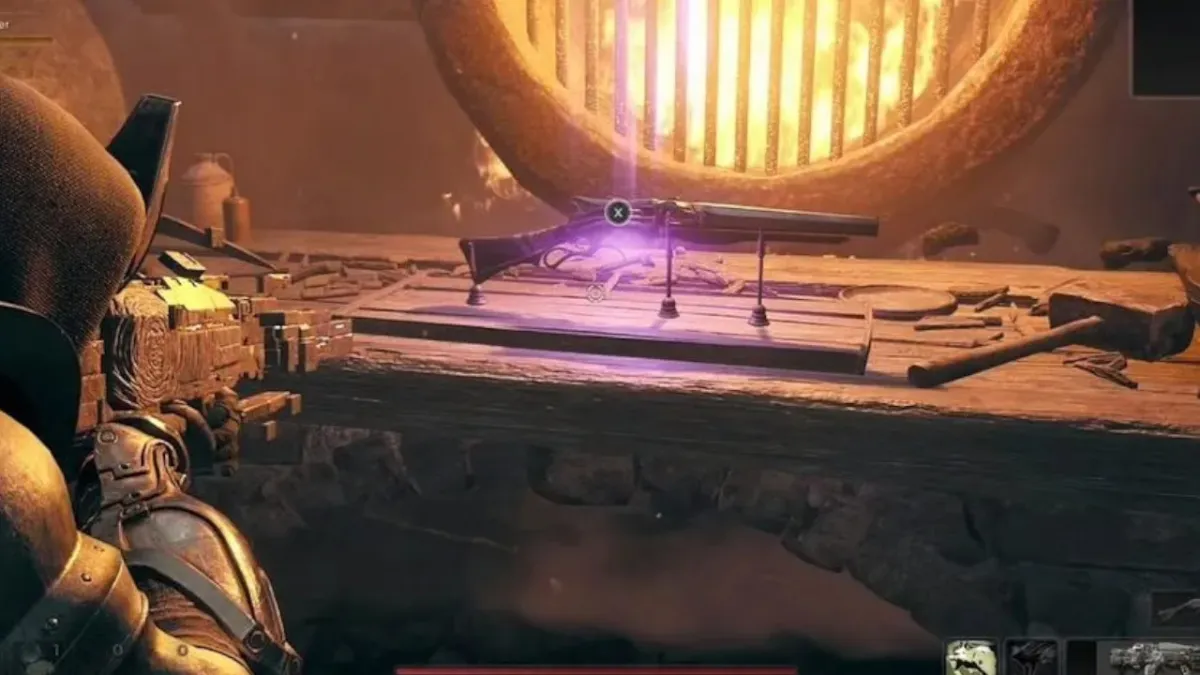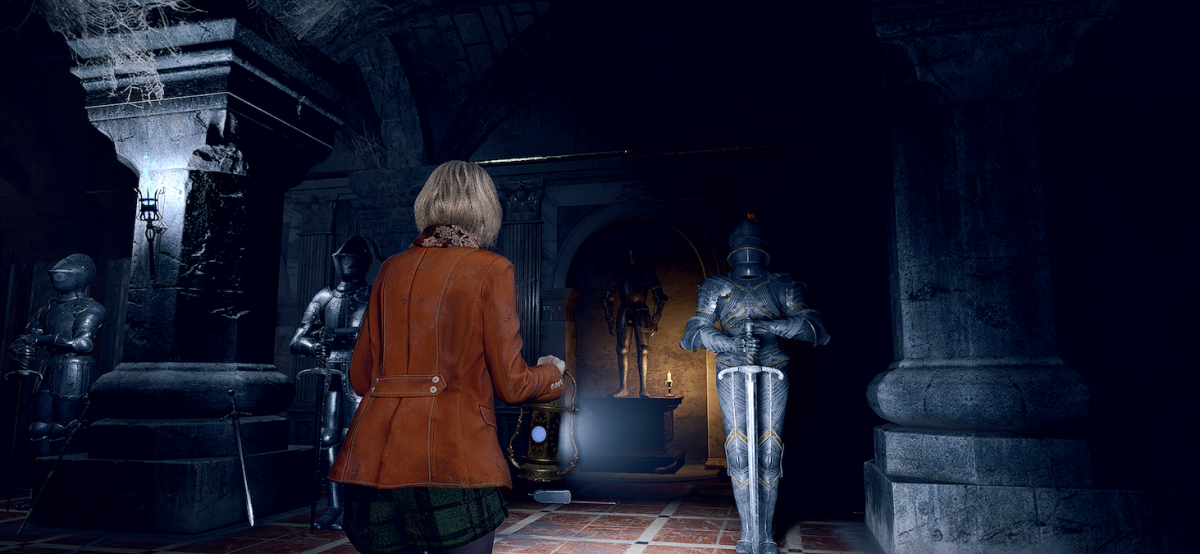A Skyward Link to the Twilight Ocarina
We never could have imagined this mash-up in our wildest dreams.
Nintendo, Team Ninja, and Omega Force together, co-developing a game based on the Legend of Zelda and Dynasty Warriors series. Few stranger things have happened, and fans of both franchises have been eagerly awaiting this all-star combination for months on end.
While the typical Warriors trappings are still present in Hyrule Warriors, Nintendo has injected more than enough charm to make this collaboration something special.

Hyrule Warriors (Wii U)
Developer: Omega Force, Team Ninja, Nintendo
Publisher: Nintendo
Released: September 26, 2014
MSRP: $59.99
The madness that ensues in Hyrule Warriors may not be canon, but it’s explained rather well. Characters provide their typical grunts and guttural sounds over a text-based dialog system, but every level begins with a special voiceover narration — a first for the Zelda series. The actor that provides the voice fits the mystical theme of the game well enough (even if she under-delivers a tad), and I found myself enjoying the story, no matter how tertiary it is to the real action at hand.
What you’re getting is a typical tale of dark vs. light, with Link and his crew battling the evil Cia (a newcomer created for the game) and some villains from the hero’s past. It’s all very predictable, almost in a comical fashion, but a lot of love and authenticity was put into the characters, as they all operate how you think they would after meeting each other. The development team also put a lot of work in when it comes to differentiating every character (both aesthetically and mechanically), and the cast feels wholly unique.
Control-wise, Hyrule plays like your typical Warriors game with the addition of one extra (items, which I’ll get to in a moment) — meaning it’s insanely easy to pick up and play, even with no prior knowledge of the series. The “combo” move setup returns, allowing players to press the standard attack button any number of times for a full combo, with the option to alter it with the special attack button. For instance, if Link attacks twice then uses a special, he’ll summon a projectile with his sword, and if he attacks three times then prompts a special, he’ll use an air-juggle launcher, and so on.

All of this works seamlessly with the Hyrule cast, since every character has a radically different moveset. This is rare in a Warriors game, but I found myself liking every playable combatant, and since characters have two distinctly different weapons that alter their movesets on top of that, odds are you will find a play style you’ll gel with. For example, it’s amazing how they translated Fi into a hack and slash so well, as she looks and plays like she was transplanted 1:1 from Skyward Sword. No one feels like a clone character.
Sub-weapons are also included, and seek to differentiate Hyrule from its pedigree. Bombs, arrows, and the hookshot (among others) all make an appearance, and all serve a purpose — like bombing rocks in the overworld just like a real Zelda game. You can also level-up each character individually, and earn “badges” — a huge skill-tree like system that you can progress through by earning Rupees and materials through normal play. It’s an easy and fun progression mechanic that encourages players to replay levels for items without feeling like a grind.
The lock-on system is one of the best I’ve seen in the series, as it actually works as intended. While locked on, you can dodge with the press of a single button, or guard by holding the left trigger and circle around your opponent. The only problem I found is that sometimes the camera gets a little wonky while locked on, but this only happens briefly once every 10 levels or so. When playing on the TV, the visuals are beautiful (though not as amazing as some other current-gen games), and there is hardly any slowdown to speak of.

Once again, I’m finding myself glued to the GamePad as a control method. It’s my favorite controller out right now, and I absolutely love how it feels. Players can also opt for a Pro Controller or Wiimote and Nunchuk if they please, and controls are fully customizable. There’s just one major problem — Off-TV play feels rushed in Hyrule Warriors, and really exposes the lack of power on the GamePad.
Simply put, Warriors games typically display up to 100 models on-screen at once in heated situations, and the GamePad cannot handle it. In some levels — the Twilight maps in particular, with looming towers in the background — I’ve gotten full slowdown spurts as lengthy as 30 seconds (again, this doesn’t happen on the TV). Now, the game is doable, and for the sake of experimentation, I completed the entire campaign on hard using Off-TV play. But if at all possible, it’s not recommended.
While the story and characters are wonderfully presented, the missions are going to be your typical Warriors fare. Even on hard mode the game isn’t that much of a challenge, and although many levels have objectives like “capture this keep” or “kill this captain,” your main goal 99% of the time is to enter the enemy base and kill the big boss. It can get tiring if you’re going at it alone to say the least, since your fun factor is cut down by obtuse objectives, sometimes forcing you to slog to and fro across the entire map.

You’ll also have to gradually unlock characters by playing the story, starting with Impa by completing the first level, and so on. You won’t even have the full cast until you complete the game, which fits in terms of the story (as you have to meet them first), but with many levels limiting you to just one character (Link), it feels restrictive. Thankfully, there is an exploration element in Hyrule Warriors that somewhat mirrors the Zelda series proper to help break up a lot of the repetition.
As previously mentioned you can look for rocks to bomb, cuccos to find and mess with, hidden chests to grab, and special items to gather. When there isn’t an imminent need to press on, I liked running around levels trying to find things, and it gets even more fun as you accumulate sub-weapons throughout the story. Slashing grass for health and breaking pots never felt this fun in the Warriors games.
Your enjoyment is going to be increased ten-fold if you play the game with a friend. Hyrule Warriors features a full co-op mode for two players, but like other aspects of the game, it’s very particular. For one, there is no online co-op of any kind. It’s a huge bummer that really makes the package less appealing if you can’t wrangle up a friend locally. Another thing to keep in mind is the aforementioned poor off-TV play. In Hyrule Warriors, there is no support for split-screen — one player has to use the GamePad screen, and another has to use the TV — no exceptions.

The good news is that every single level and mode (except the first stage after booting up the game) is playable with a friend. What’s really cool is that the second player can pick anyone unlocked so far in the story, even if the first player is limited to say, Link-only. Despite the lack of online play and inherent issues, couch co-op is an absolute blast, and I’ve played at least 30 hours with my wife, even though the campaign is roughly 10 hours. I cannot state strongly enough how much fun it is to share the experience with a partner.
There’s also a big bonus that makes up for the repetitive campaign — adventure mode. This is also fully playable with two people, and features a retro-flavored map from the original NES The Legend of Zelda. You’ll explore the entire overworld from the first game as you tackle each “square,” which is a challenge level of sorts. Some squares might require you to kill 400 enemies in 10 minutes, and some might task you with killing three or more bosses on-screen at once. After beating a stage you might earn an old-school item like a lantern or a bomb, which can be used on the map to open up even more areas.
It’s crazy how fleshed out this mode is, and it cuts down on a lot of the fatigue from playing the campaign — especially since many levels are actually challenging. If you’re looking for even more to do, there’s 100 collectible Gold Skulltulas that are hidden about the game. If you wanted to complete the story, adventure mode, find every Skulltula, and max out every character, it would probably take around 100 hours at minimum. That’s not including the planned free updates and upcoming paid DLC. For instance, over the course of the review, a new challenge mode was even added as an update that essentially delivers more story-like missions.

Hyrule Warriors can fall into the same trappings as any hack and slash, but the amount of effort that went into making it enjoyable for Zelda fans is staggering. This is one of the best couch co-op games I’ve ever played, warts and all.





